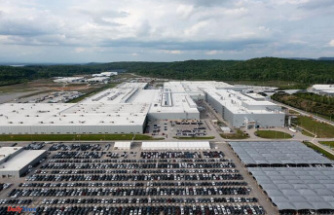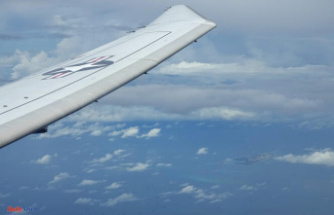This Sunday the old summit volcano erupted and with the catastrophe the impossible words of deciphering arrived. Volcanic, geological and technical concepts are part of the last hour of what happens in La Palma. Some terms with which people are not familiar. Here are some of the keys to understanding that it is happening.
It is considered an active volcano that which has erupted in the last 10,000 years and that could develop some eruptive activity at some point. Currently, most of these formations are considered active throughout the world.
It is about the issuance of materials from the interior of the terrestrial cortex towards the outside. It is usually an abrupt and violent process, through which different volcanic products, lava and gases are expelled. The dangerousness that an eruption has depends on its typology, which can be Hawaiian, Sunset, Vulcanian, Fight or Plinian.
The only difference resides on the surface where the material is located. When talking about magma, experts refer to the molten rock that is under the terrestrial surface; What happens to be denominated washes when it goes outside in the form of a fluid liquid. The type of lava and its consistency will also depend on the eruption.
Fluid lava river laying along the slope of the volcano. In less explosive eruptions it is more common to see these concentrations of lava that open through the territory, in the case of the palm to the coast. In the strombolian volcanoes this material can travel more than 12 km without solid due to its temperature (1000 ºC).
Volcanic typology that owes its name to the estrómboli volcano, located on the Eolias Islands (Tyrrhenian Sea). It is characterized by eruptions in rhythmic explosive phases, with periods of alternate calm and activity. They usually present a low level of danger, since they are not excessively explosive or have large lava flows. The intermittent nature of these volcanoes cause eruption to dilate in time.
They are igneous rocks just like lava, but they are presented solidly. They are incandescent fragments expelled from the erupted column. Depending on the size with which they go outside they are classified in ash (less than 2 mm in diameter, they can be microscopic), Lapilli (between 2 and 64 mm) or block (from 64 mm).
Accumulation of gases and piroclasts that rises vertically over the center of volcanic emission. You can reach heights of 5 to 40 km and reaches its maximum exponent in explosive eruptions (such as the Vulcanian or the Plinian).
It is called building to the accumulation of volcanic products (fluid lavas, lapillis and ash) by the succession of eruptive episodes. These present a conical shape, can count on different heights and are located around a central hole or eruptive mouth, which will work as the output duct of the materials. The more they are believed and larger, the greater power will have this output.
During eruptions, volcanoes free different gases. It is mostly about water vapor, but they are also composed of carbon dioxide, sulfur dioxide, hydrochloric acid, carbon monoxide, fluorhydric acid, sulfur, nitrogen, chlorine and fluoride. Although they are diluted quickly, they can concentrate permanently in some areas, assuming a high risk for people and animals that inhabit these territories. If mixed with water droplets, acid rain can be generated.
Date Of Update: 22 September 2021, 19:02











